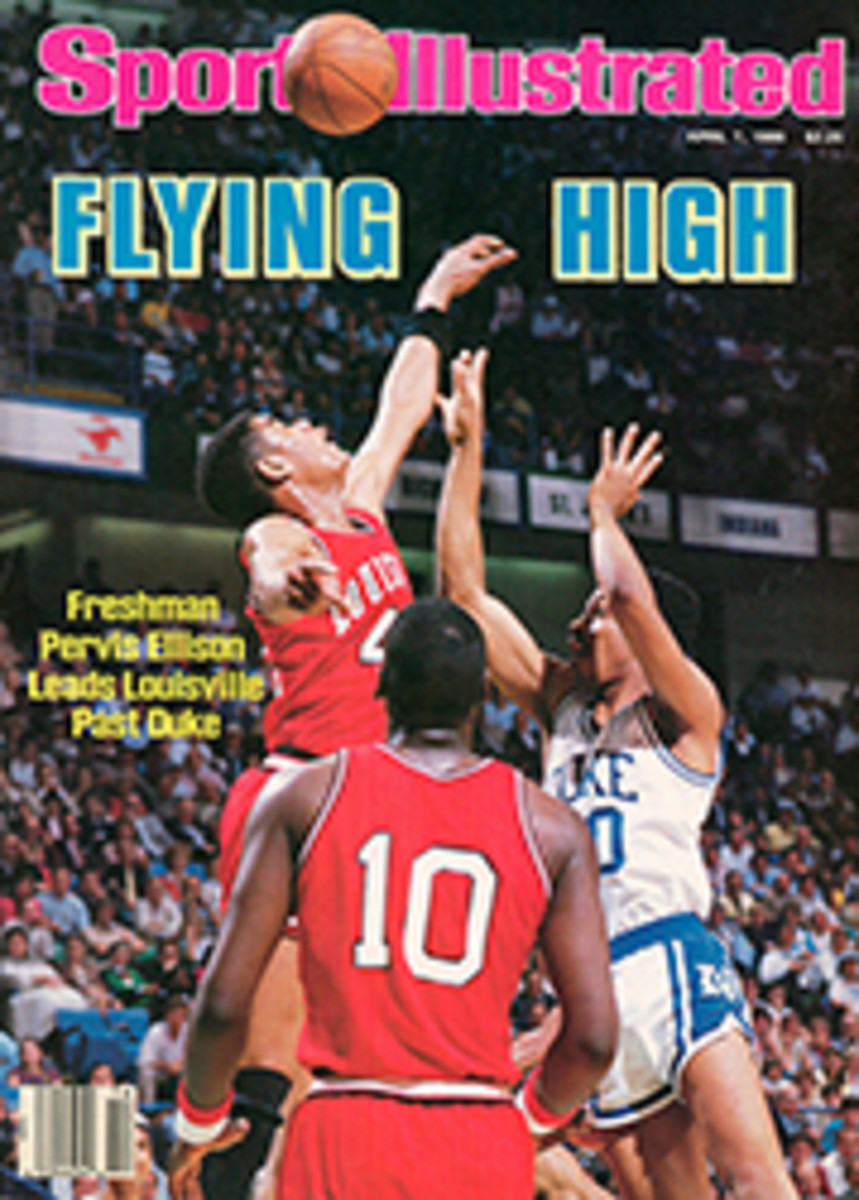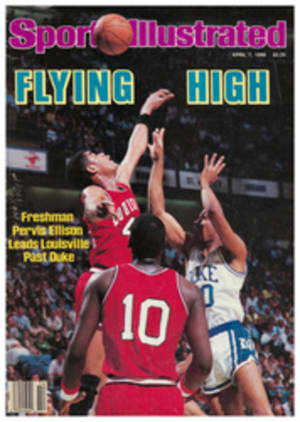
HERE'S A MEMORY LANE FOR BOWLING FANATICS WHO HAVE SOME SPARE TIME
"What's so difficult about dropping a cannonball and missing your toes?" a smart-aleck writer once asked.
Actually, bowling deserves more respect, and the National Bowling Hall of Fame and Museum in St. Louis is one place where the sport receives its due. Opened two years ago, the $7 million building houses what had been for nearly 50 years a traveling exhibit.
Bowling is a participant sport, and the Hall uses a hands-on approach to the game. There are modern and old-fashioned alleys, including a 62-year-old lane with rubber-band duckpins. In the men's hall, 122 immortals are enshrined on bronze plaques; in the women's section, the 88 entries are represented by Bill Kufahl oil paintings. There are old pins and balls and bowling shirts and a quilt handmade by the mother of Don Carter, bowling's Babe Ruth. One can study a 247-year-old French bowling tapestry, check out "Great Moments," or simply stroll through historical Tenpin Alley—well worth the museum's $3 admission.
No one is certain when bowling exactly began. The earliest evidence dates from an Egyptian child's grave, circa 5200 B.C., in which miniature pins and balls were found. Early Christian priests believed that rolling a strike proved one was pious. Dutch settlers bowled on Manhattan's greens, hence the city's Bowling Green section.
"A man named Joe Thum introduced tenpins to Europe in 1895, and it has pretty well taken over the 72 countries that belong to the Fédération Internationale des Quilleurs," says museum curator Bruce Pluckhahn. "But there are offshoots—bocce, bowling on the green, duckpins, candlepins, skittles and cocked hat, a three-pin game played at The Corner Bar in St. Charles, Mo. The French have the greatest variety. They've got three-pin and five-pin and several kinds of quilles de six, or six-pins."
While the U.S. may not have as many versions of the game, it does have enthusiasts—nine million regulars. And any one of these folks will find the Bowling Hall of Fame right up his alley.

